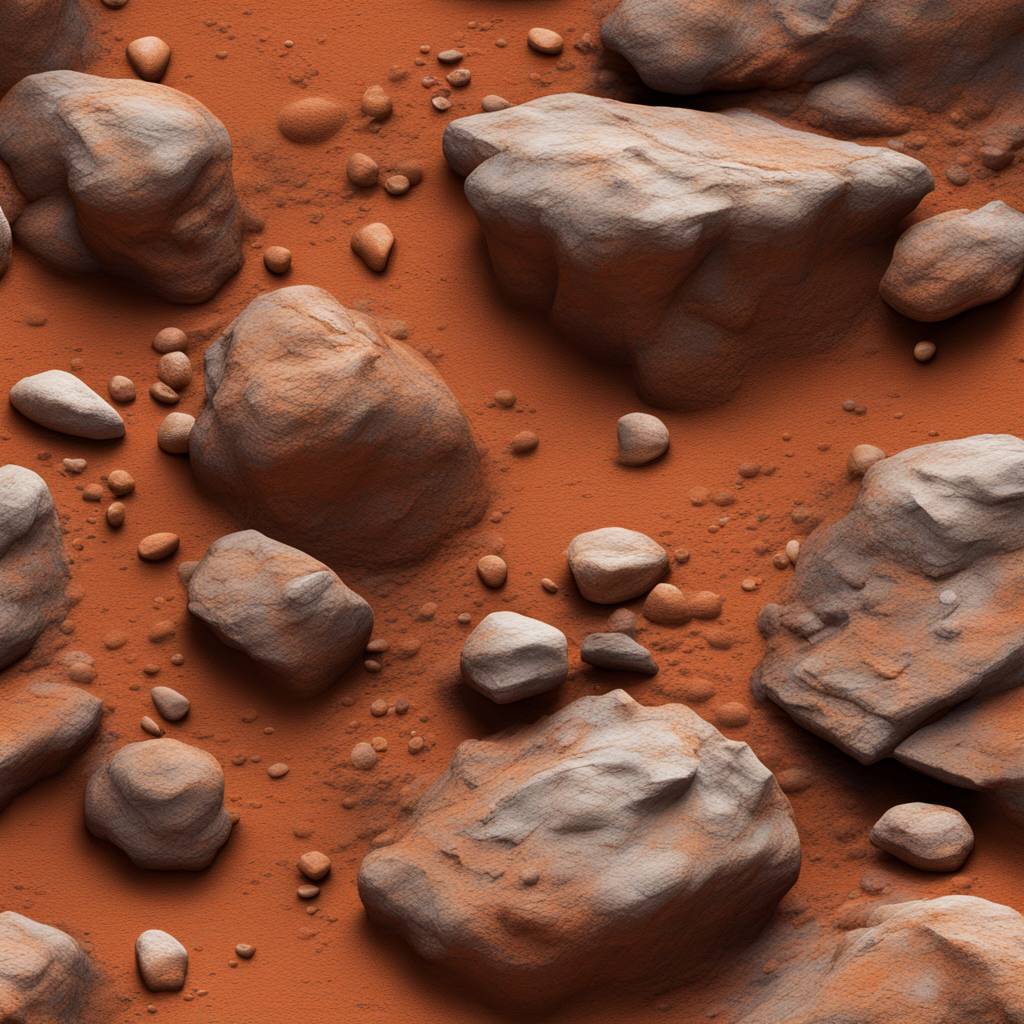NASA’s Perseverance rover recently made a fascinating discovery on Mars, collecting a rock sample from what appears to be an ancient beach in the Jezero Crater. Named Bunsen Peak and Comet Geyser after natural features in Wyoming, the rock sample provides valuable insight into the history of water on Mars and the potential existence of long-ago microbial life. This finding is significant as it offers scientists the opportunity to further investigate the planet’s past may have once been home to a massive lake, making it an ideal location for exploration.
The rover collected the sample on March 11, with scientists analyzing the rock using onboard instruments. The data suggests that the rock was likely submerged in water for an extended period in the past. The composition of the rock, made up of carbonate grains cemented by silica, indicates that it may have formed along a lakeshore. NASA is particularly interested in studying areas where water was present, as it is closely tied to the possibility of life as we know it on Earth.
While scientists are still working to determine whether the rock is igneous or sedimentary in nature, they believe that the minerals found within were likely created in water. Water-deposited minerals have the potential to preserve ancient organic material and biosignatures, making the rock a prime candidate for harboring evidence of microbial life from Mars’ watery past. NASA’s Perseverance rover continues to collect samples from different areas of the Jezero Crater, with the hope of uncovering further insights into the planet’s history.
The Mars Sample Return mission, a proposed project by NASA, aims to send a spacecraft to Mars to retrieve some of the rock samples collected by Perseverance and bring them back to Earth for further study. While the mission has faced budget issues, the rover is moving forward with gathering samples from various locations within the crater. The Comet Geyser sample could prove to be a valuable addition to the collection and may hold clues to Mars’ past, as well as possibly supporting the search for ancient microbial life on the planet.
NASA’s exploration of Mars continues to provide a wealth of new data about the planet’s history and potential for hosting life, either currently or in the past. The discovery of Comet Geyser underscores the importance of the Mars Sample Return mission and the need for further study of the samples on Earth. While the rover’s onboard instruments can only reveal so much, scientists hope that by examining the samples in person, they will be able to unlock the mysteries surrounding the ancient Martian rock samples like Bunsen Peak and its intriguing parent rock, Comet Geyser.


